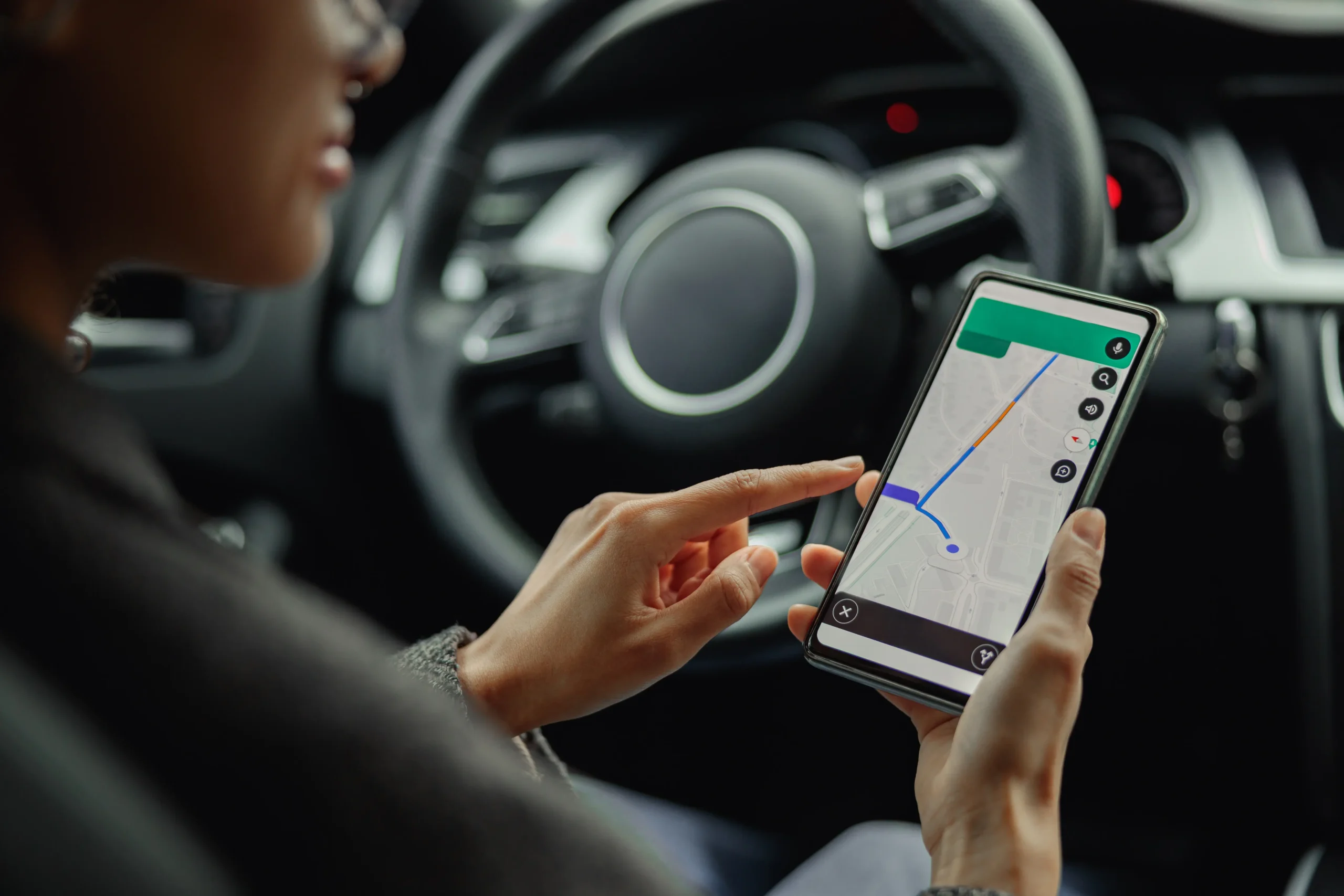Watch the Access Group’s Access All Areas panel discussion recording
Our very own founder and managing director, Dave Pickburn featured amongst a panel of expert speakers for a discussion at The Access Group’s Access All Areas virtual conference last month.
Joining Dave on the panel were Paul Brown of MHI; Hamilton Butcher of Haul & Store Ltd and Cas Paton of OnBuy.com who in turn discussed issues around eCommerce: the impact of 2020, now and the future.
Read on to discover key takeaways from the panel discussion, and access the panel video replay here.
Some categories grew very quickly – home education products and health products like vitamins and supplements. There was also an increase in sales of entertainment items, like vinyl records and books, as the screen fatigue affected people.
eCommerce trends coming out of 2020
When the pandemic first hit the UK and lockdowns began to take place, a lot of eCommerce retailers saw a big uptick in orders – particularly after the first couple of weeks.
For a lot of businesses involved in eCommerce (retailers, 3PL, logistics, warehousing, etc.), it was a period of rapid growth and evolution – just as they were sending many back-office staff members home to work remotely.
It was a challenging time for everyone.
Adding resources – in terms of recruitment, production, fulfilment – during the pandemic, when on-site staff needed to be able to work safely six feet apart. Businesses had to adapt to new ways of working, whilst also adapting to being busier than ever.
Many of those online businesses were pivoting – whether they were moving focus to ‘essential’ products, suddenly reaching more online consumers as retail spaces closed the doors, or bricks-and-mortar retailers quickly moving their customers to a new online outlet.
Pickburn added that:
“Businesses have had to change their business model. They’ve had to work out how they can sell online and how they can deliver the kind of service and all the types of products that they sell. As an example, B2B retailers, like food wholesalers can’t deliver to restaurants because the restaurants are closed, so they’re looking to quickly become eCommerce businesses and to try to find different markets – like direct-to-consumer”
As postage of goods, particularly from the EU, started to become delayed, consumers came to expect track-and-trace of their parcels as the norm.
Challenges and barriers created by unprecedented growth
There was a huge amount of growth for many eCommerce retailers in a very short window of time. Partially, that was due to the initial confusion or panic about what restrictions would mean for online retailers. Some big retailers closed down deliveries at first and then, in a lot of cases, those smaller retailers that picked up the additional orders had to very quickly grow and adapt, which presented a number of challenges.
Resourcing
Due to the nature of lockdowns and distancing restrictions, recruitment was a challenge for many of those businesses. Some switched to alternating shifts (in a warehouse environment) to deal with increased demand whilst also enabling staff to keep a safe distance in their working environment.
Technology
The technology infrastructure also had to very quickly adapt and scale to fit that. Those eCommerce retailers suddenly needed a bigger ecosystem of applications to work with. They needed warehouse management, routing, and multichannel eCommerce.
Pickburn noted that:
“they had to quickly look around and work out how they could build an ecosystem of applications that work together to manage that growth”
As an example, it was no longer safe to sign for goods on paper – or even sign-on-glass, So those companies that were already offering proof-of-delivery via a photo or a GPS location were ahead of the game when that very quickly became the norm. Consumer expectations around technology and logistics were already changing, and the pandemic made it essential for the industry to catch up and meet those expectations very quickly.
3PL
Equally, relying on external courier companies or 3PLs became harder during the lockdowns, as driver workloads were increasing and goods that were planned onto a third-party delivery may not always fit into their vehicle, so the system had to be flexible enough to process those deliveries again and to contact customers where required.
Import/Export
One of the initial challenges became apparent when air travel – and air freight – was massively reduced due to lockdowns. Import and export changed rapidly, and a big part of that was maintaining customer expectations as the challenges were navigated. As the market changed rapidly, the companies that coped best with that were the ones using platforms that were able to be very agile and to flex and grow and adapt to the new ways of working.
How can retailers bring the in-store experience online?
Creating a rich experience online is important, giving customers all the information they could expect in everything from product listings, product descriptions, images, video – making all that information available to the customer and representing products to the highest possible standard.
Fortunately, scaling an online store has a much lower overhead than scaling a bricks-and-mortar store. If the infrastructure is all there to sell online, really the main things you need to scale are the marketing, and then scaling up the fulfillment/logistics side, which can be augmented with hybrid models like click-and-collect.
For retailers making deliveries in their own vehicles, that presents another opportunity to add to the ‘in-store’ experience: “in the end, the in-store experience becomes the person at the door that’s actually delivering your goods”. By communicating the essential information, and giving customers a way to track their delivery, you’re building confidence and loyalty with that customer – and not leaving any nasty surprises on the doorstep.
The key concern, from a retailer’s point of view, is finding the quickest way to move a customer from looking at a product online, or seeing it on social media, to checking out and waiting for their goods to arrive, in the fewest clicks possible. That also meant that, when everything moved online in March/April 2020, orders grew rapidly, and they had to manage the expectations of the customer as to when the goods would be able to arrive – particularly if they were coming from overseas.
Many bricks-and-mortar retailers saw the move online, at the very start of the pandemic in the UK, as an opportunity to open up to international markets, particularly with global marketplaces like Amazon. For British retailers selling overseas, it’s important to adjust and tweak that offering to appeal to new markets.
Pickburn added:
“we’re predicting that bricks and mortar retail will become a shop front for eCommerce retail. It was a trend we were seeing before the pandemic, and it’s accelerated now because of the pandemic”
Transitioning to cater to the global demand for goods and services
As Brexit uncertainty and border changes have dominated in the past few years, the commerce and logistics industries have been trying to keep up with the pace of change. Now, in 2021, retailers are starting to be able to focus on scaling internationally. We’re living in an interconnected eCommerce space, where it’s relatively quick and easy and cheap to buy goods from just about anywhere in the world. Retailers can take advantage of that by having the right policies and systems in place to be able to reliably get those goods out, and keep the delivery promise with the customer. That may be by exporting, or it may be by having fulfillment hubs overseas, whatever is the most cost-effective way to do that.
International business growth “is being driven by eCommerce,” said Pickburn, “and the drive towards better customer service and the drive towards retaining customers, and the drive towards getting customers to come back and keep spending more with you, whether you’re a B2B or a B2C, it’s about building that that quality of customer service”.
Attracting and retaining customer loyalty in a virtual marketplace
Customer service is key to customer loyalty, whether online or offline. From using automation to communicate to being available when customers have questions, to ensuring the packaging is appropriate, to personalisation via digital tools to recommend products to customers. It’s about making the shopping experience more convenient for the customer, and delighting the customer.
Pickburn added:
“It’s about communication, particularly communicating with your customer after the sale through to the delivery of the goods. It’s about being consistent in meeting their expectation across the whole experience”.
If you’d like to watch the recording, you can watch it here.








